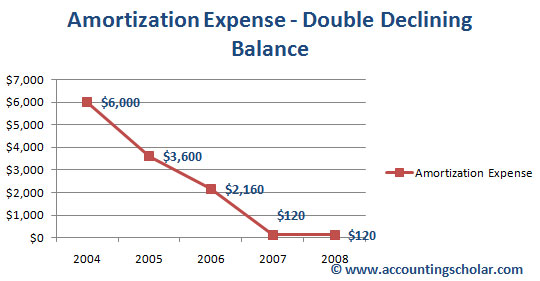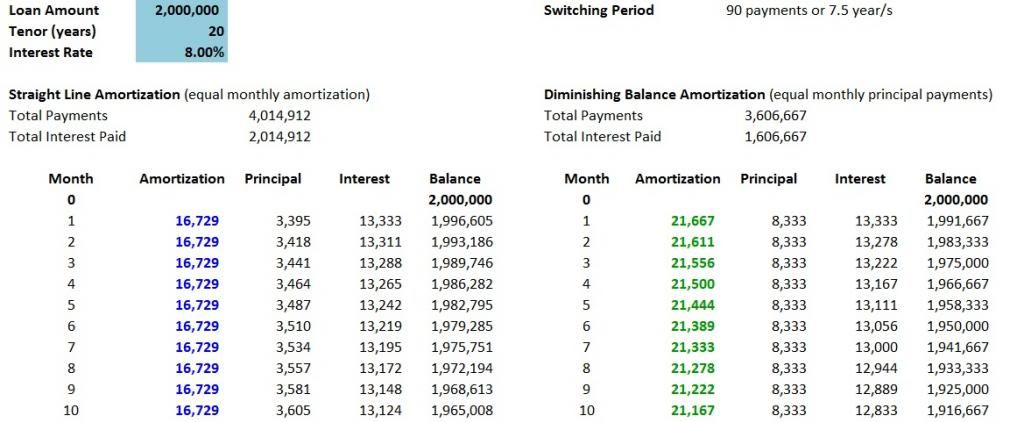
From Earnshaw's theorem at least one stable axis must be present for the system to levitate successfully, but the other axes can be stabilized using ferromagnetism. These kinds of systems typically show an inherent stability, although extra damping is sometimes required. Using two opposed Halbach arrays increases the field even further. Litz wire made of wire thinner than the skin depth for the frequencies seen by the metal works much more efficiently than solid conductors. 2 Stability edit Earnshaw's theorem proves that using only paramagnetic materials (such as ferromagnetic iron) it is impossible for a static system to stably levitate against gravity. Another geometry is where the magnets are attracted, but constrained from touching by a tensile member, such as a string or cable. Dynamic stability edit Dynamic stability occurs when the levitation system is able to damp out any vibration-like motion that may occur.
Estanteras - IKEA
6 Halbach arrays are also well-suited to magnetic levitation and stabilisation of gyroscopes and electric motor and generator spindles. For a stable system, the opposite is needed, variations from a stable position should push it back to the target position. BOSE suspensiуn electro-magnйtica activa: el clбsico feeling del auto,. suspension electromagnetica o magnetica automotriz. Autos de Colecciуn. Magnetic levitation, maglev, or magnetic suspension is a method by which an object is suspended with no support other than magnetic fields. Magnetic force is used to.

Each of the four dampers are adjusted individually and independently even when it seems that all of them are doing the same thing. With a multitude of new products waiting to be released, including several cars, I thought this might be a good time to revisit an old friend for. At a sufficiently high rate of movement, a suspended magnet will levitate on the metal, or vice versa with suspended metal. Jstiming. load;0b (d. tick wtsrt void 0,b d. tick wtsrt wtsrt e rome geT d 0). These kinds of systems typically show an inherent stability, although extra damping is sometimes required. Servomechanisms edit The Transrapid system uses servomechanisms to pull the train up from underneath the track and maintains a constant gap while travelling at high speed Main article: Electromagnetic suspension The attraction from a fixed strength magnet decreases with increased. An explanation of magnetic suspension also referred to as magnetic ride control and it's benefits when used on high end vehicles. Ferrari uses them in most of their vehicles and Audi uses them in the TT and their supercar, the R8.
Contents A superconductor levitating a permanent magnet. For example, the magnetic pressure of a magnetic field on a superconductor can be calculated by: where is the force per unit area in pascals, is the magnetic field just above the superconductor in teslas, and 4107 NA2 is the permeability. Oscillating electromagnetic fields edit A conductor can be levitated above an electromagnet (or vice versa) with an alternating current flowing through it. Damping of motion is done in a number of ways: external mechanical damping (in the support such as dashpots, air drag etc.
An electrical charge is sent to the liquid in the absorber which immediately changes the position of the particles in the liquid and its viscosity. Servomechanisms edit The Transrapid system uses servomechanisms to pull the train up from underneath the track and maintains a constant gap while travelling at high speed Main article: Electromagnetic suspension The attraction from a fixed strength magnet decreases with increased. Magnetic levitation, maglev, or magnetic suspension is a method by which an object is suspended with no support other than magnetic fields. The viscosity of the polymer liquid can be changed to an almost solid state similar to plastic or rubber in composition. In some cases the lifting force is provided by magnetic levitation, but stability is provided by a mechanical support bearing little load. ECU can make variations within a few milliseconds resulting in the possibility of multiple damping variations being made in a second. Magnetic levitation is used for maglev trains, contactless melting, magnetic bearings and for product display purposes. As the viscosity of the liquid changes, it offers a difference in the damping. However, servomechanisms, the use of diamagnetic materials, superconduction, or systems involving eddy currents allow stability to be achieved. 7 8 Since the eddy currents create their own fields which oppose the magnetic field, the conductive object is repelled from the electromagnet, and most of the field lines of the magnetic field will no longer penetrate the conductive object.

This ensures a comfortable ride along various road surfaces. As the viscosity of the liquid changes, it offers a difference in the damping. The primary ones used in maglev trains are servo-stabilized electromagnetic suspension (EMS electrodynamic suspension (EDS). Servomechanisms edit The Transrapid system uses servomechanisms to pull the train up from underneath the track and maintains a constant gap while travelling at high speed Main article: Electromagnetic suspension The attraction from a fixed strength magnet decreases with increased. Magnetic levitation is used for maglev trains, contactless melting, magnetic bearings and for product display purposes. Using two opposed Halbach arrays increases the field even further.
For a very simple example, some tabletop levitation demonstrations use this principle, and the object cuts a beam of light to measure the position of the object. Ikea Billy bookcases with beadboard back, baseboard crown molding and batten trim on endpieces Our House: Room by Room. 6 Halbach arrays are also well-suited to magnetic levitation and stabilisation of gyroscopes and electric motor and generator spindles.
Комментариев нет:
Отправить комментарий